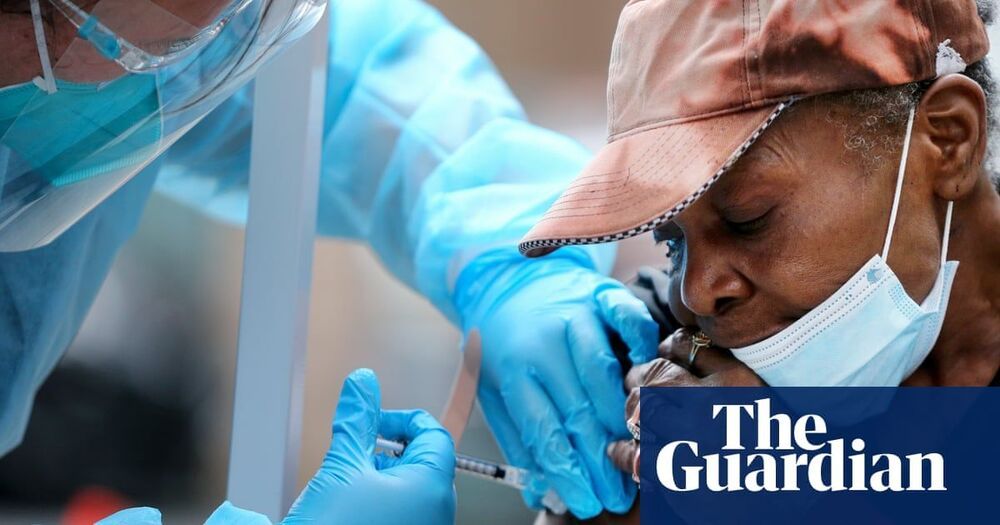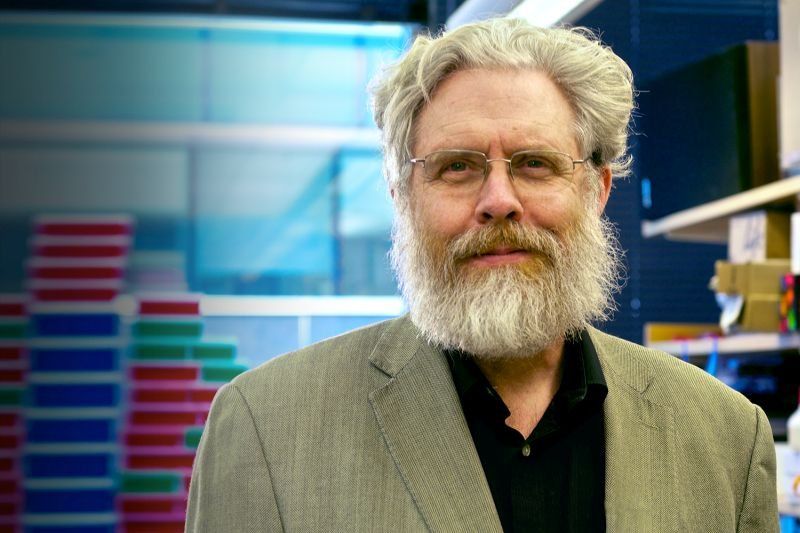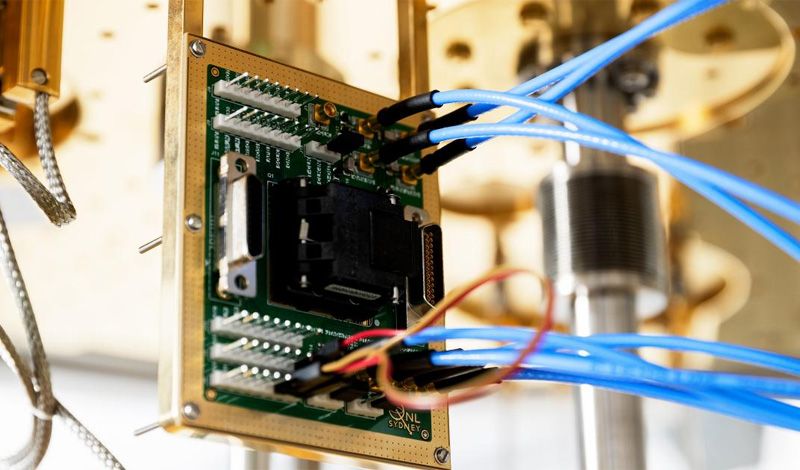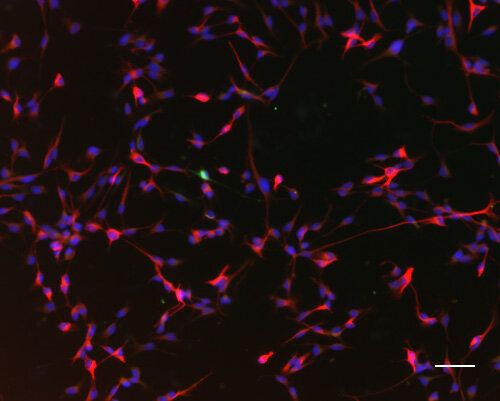People who have received the full course of Covid-19 vaccines can skip the standard 14-day quarantine after exposure to someone with the infection as long as they remain asymptomatic, US public health officials advised.



The adeno-associated viruses often used as vectors to deliver gene therapy can trigger unwanted and sometimes dangerous immune responses. Now, a Harvard University team led by renowned geneticist George Church, Ph.D., has developed a way to “cloak” AAVs from immune surveillance. They’ve spun off Ally Therapeutics to develop it.


Like.
NASA has decided to launch the multibillion-dollar Europa Clipper mission on a commercial heavy-lift rocket in October 2024, and not on the government-owned Space Launch System, officials said Wednesday.
The decision ends a prolonged dilemma for NASA, which until last year was legally required to launch the Europa Clipper mission on the more expensive Space Launch System. The language passed in previous NASA appropriations bills directed NASA to launch the probe on the SLS rocket, but Congress relented in the fiscal year 2021 spending bill passed in December.

Ultralight Wearable Air Purifier that Cleans Itself Ultralight Wearable Air Purifier that Cleans Itself Ultralight Wearable Air Purifier that Cleans Itself Ultralight Wearable Air Purifier that Cleans Itself Constant Pressure TechnologyThe first powered mask that keeps constant-pressure with a pair…

Ultralight Wearable Air Purifier that Cleans Itself.
Epic Games shared a sneak peek of its MetaHuman Creator that lets users design ‘digital humans using its library of presets including 30 hairstyles and 18 different body types.



A team of researchers from Russia, the Czech Republic and Israel has found that the reason some blind mole rats live longer than other small creatures is because they have short immune memory. In their paper published in the journal Nature Aging, the group describes their study of the adaptive immune system of long-lived blind mole rats.